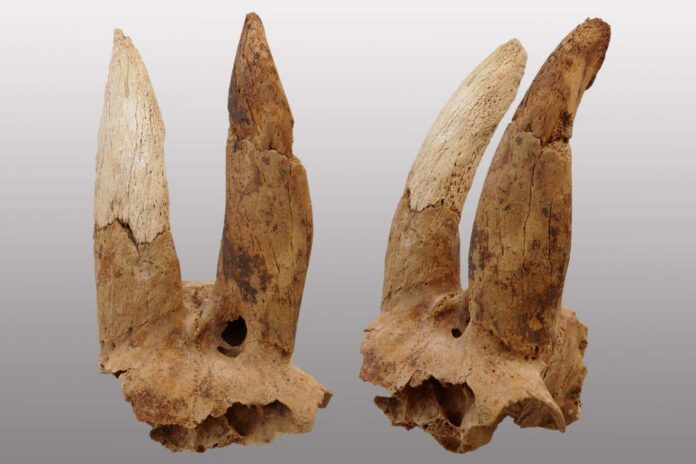This request seems a bit unusual, so we need to confirm that you’re human. Please press and hold the button until it turns completely green. Thank you for your cooperation!
Press and hold the button
If you believe this is an error, please contact our support team.
213.165.242.6 : 927f5762-49a4-41b2-9c2b-7699b33e



